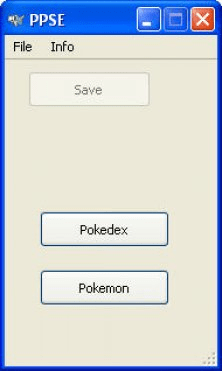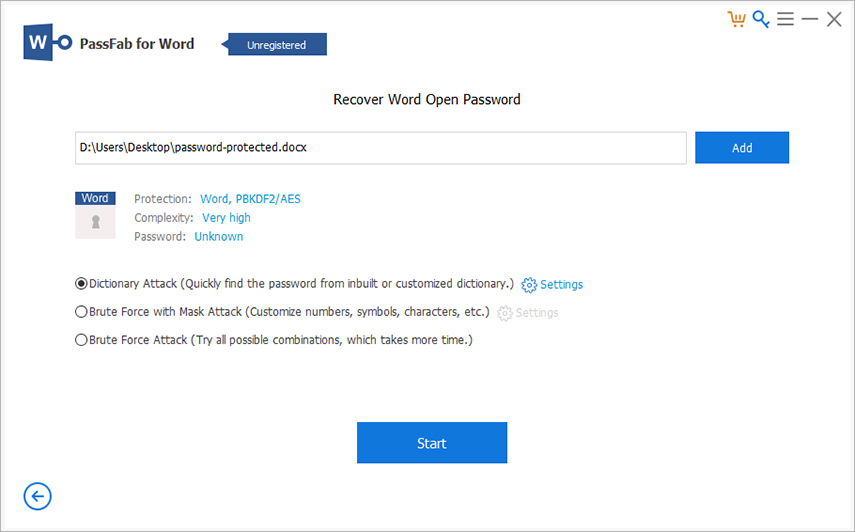

When you disable cPHulk existing account locks will remain. IP address-based protection tracks login attempts from specific IP addresses.

Set the toggle to On to enable the IP Address-based Protection setting. IP Address-based Protection - Whether to enable the IP address-related protection settings. This is the default setting.Īpply protection to local and remote addresses - Allow username-based protection to trigger for all requests, regardless of their origin.Īllow username protection to lock the “root” user - Whether to apply username-based protection rules to the root user. This ensures that a user cannot brute force other accounts on the same server.

To avoid this lock-out, you must whitelist your IP address.Īpply protection… - Select one of the following options to control how cPHulk applies its protection:Īpply protection to local addresses only - Limit username-based protection to trigger only on requests that originate from the local system. When you set this value to 0, cPHulk blocks all login attempts (this includes the root account). For example, if you set the Maximum Failures by Account setting to 15, after 15 login attempts cPHulk locks the account for 15 minutes. If a brute force attack meets this number of attempts, the system locks the account, regardless of the attackers’ IP addresses.ĬPHulk locks the account for one minute for each attempt that you allow with this setting. Maximum Failures by Account - The maximum number of failures that cPHulk allows per account within the Brute Force Protection Period (in minutes) time range. If several attackers attempt to log in, and they reach the account’s Maximum Failures by Account value within this period, cPHulk classifies this as a brute force attempt.ĬPHulk blocks logins from any IP addresses to that account, regardless of the attackers’ IP address or addresses.Įnter a value between 1 and 1,440 for this setting.

Therefore, the system disables the UseDNS setting when you enable cPHulk. This allows the attacker to perform a brute force attack against the server with unlimited login attempts. If an attacker spoofs a DNS pointer record to impersonate a trusted hostname, the UseDNS setting and cPHulk’s whitelist will conflict.cPHulk also requests authentication information from PAM to determine whether a login attempt could be a brute force attack.
#Bruteforce savedata select all password#
The UseDNS setting sends the hostname to the Password Authentication Module (PAM), which ships with cPanel & WHM, for SSH session authentication.


 0 kommentar(er)
0 kommentar(er)
